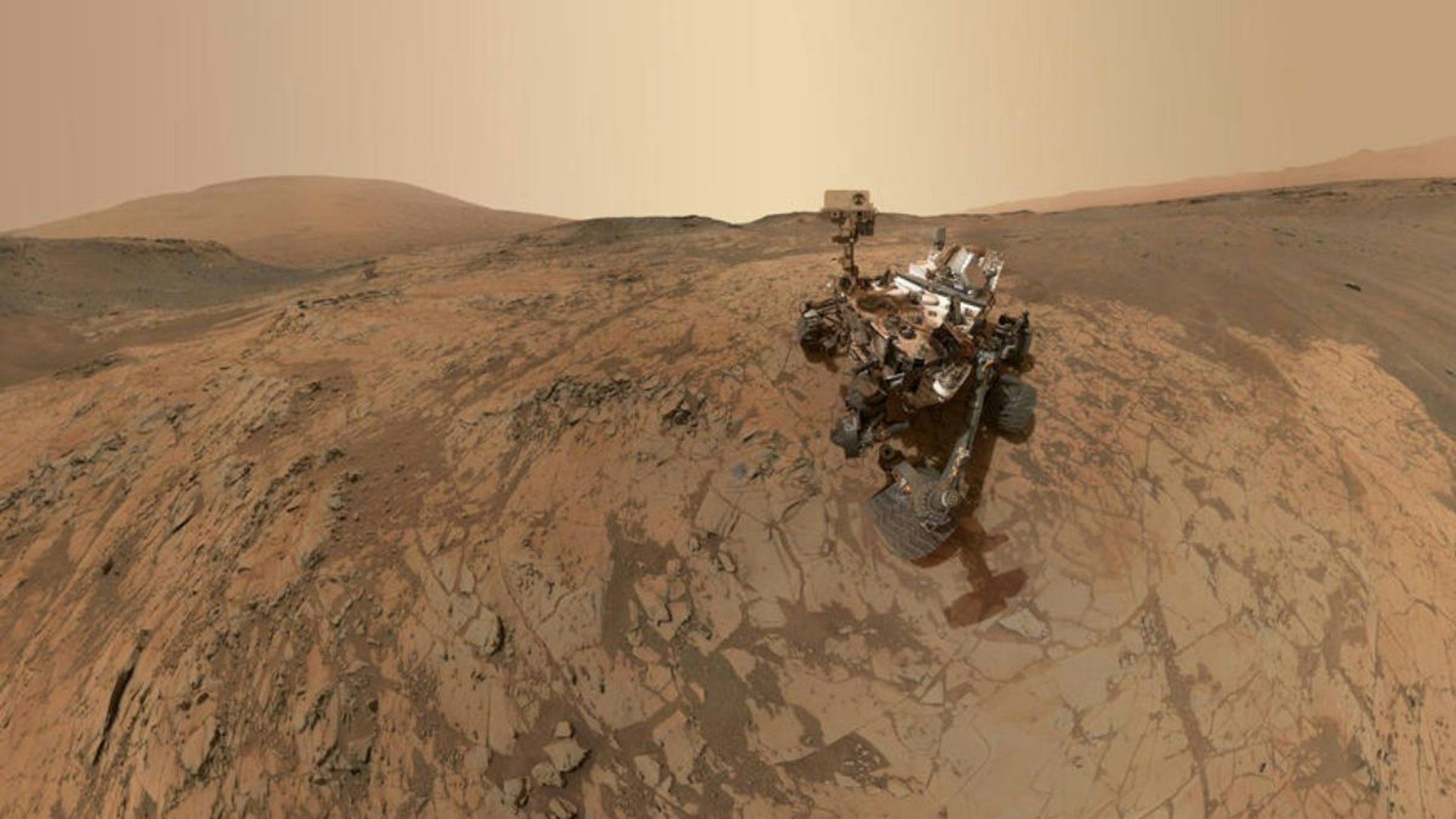Dillon Burroughs at The Daily Wire reports:
Rock samples collected from Mars by NASA’s Curiosity rover have revealed signs of key ingredients of life, according to a statement by the agency.

The Monday press release noted the discovery of high levels of organic carbon, a key basis for molecules measured for the first time on the red planet.
“Total organic carbon is one of several measurements [or indices] that help us understand how much material is available as feedstock for prebiotic chemistry and potentially biology,” said Jennifer Stern of NASA’s Goddard Space Flight Center in Greenbelt, Maryland.
“We found at least 200 to 273 parts per million of organic carbon. This is comparable to or even more than the amount found in rocks in very low-life places on Earth, such as parts of the Atacama Desert in South America, and more than has been detected in Mars meteorites,” she added.
The original experiment was conducted in 2014, however, the research took multiple years of analysis to interpret the data and release the results, according to NASA.
A NASA report from earlier this year explains that “organic carbon” refers to the isotope C-12, which is preferentially used in living organisms:
For instance, living creatures on Earth use the smaller, lighter carbon-12 atom to metabolize food or for photosynthesis versus the heavier carbon-13 atom. Thus, significantly more carbon-12 than carbon-13 in ancient rocks, along with other evidence, suggests to scientists they’re looking at signatures of life-related chemistry. Looking at the ratio of these two carbon isotopes helps Earth scientists tell what type of life they’re looking at and the environment it lived in.
However, it’s relevant to note that just finding carbon-12 is not a signature of life. Carbon is the 4th most common element in the universe, and the C-12 isotope is about 90 times more naturally abundant than the C-13 isotope. As usual, the title of the press release unreasonably insinuates the likelihood of life signatures on Mars.
The Mars exploration program noted that “organic carbon on Mars does not prove the existence of life there because it can also come from nonliving sources, such as meteorites, volcanoes, or be formed in place by surface reactions.” Though organic carbon has been found on Mars before, the new measurement gives the total amount of organic carbon in the rock samples.
The news follows another NASA experiment that suggests the search for life on Mars may require digging deeper following the discovery that cosmic rays likely quickly destroy amino acids that would be found on the red planet’s surface.
As The Daily Wire previously reported, the discovery of amino acids on Mars would be a significant step in the search for Martian life, as they are a key component to building proteins in terrestrial life.
“Our results suggest that amino acids are destroyed by cosmic rays in the Martian surface rocks and regolith at much faster rates than previously thought,” Alexander Pavlov of NASA’s Goddard Space Flight Center said.
“Current Mars rover missions drill down to about two inches (around five centimeters). At those depths, it would take only 20 million years to destroy amino acids completely. The addition of perchlorates and water increases the rate of amino acid destruction even further,” he added.